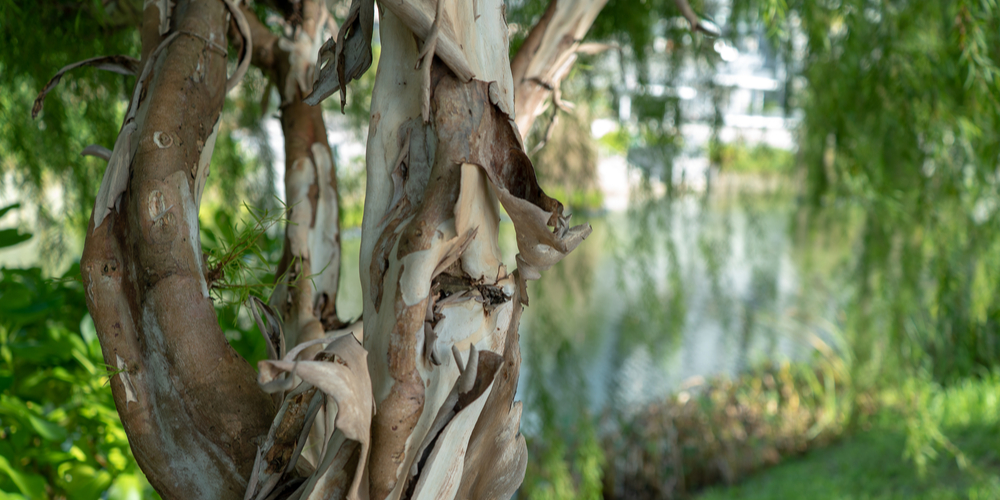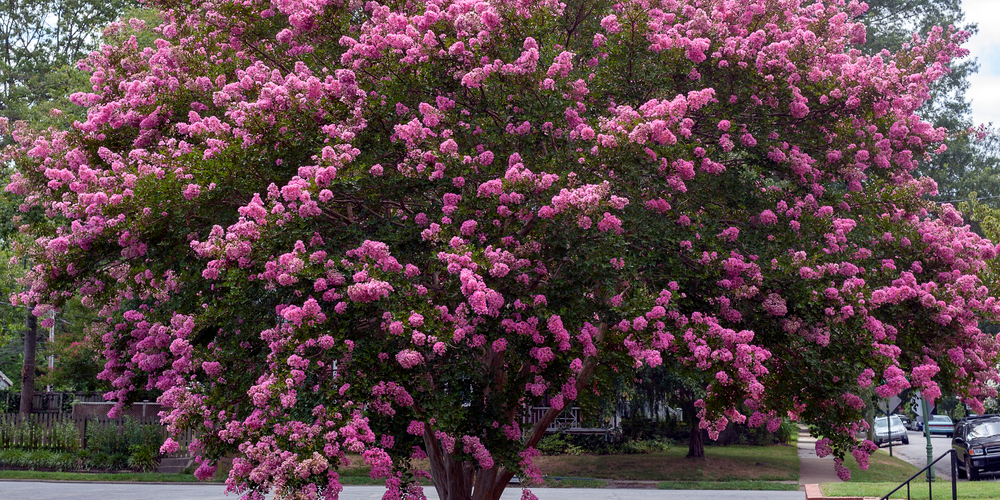Crepe myrtles are beautiful trees that can add a touch of elegance to any yard. However, some homeowners are concerned about the roots of these trees and whether they can damage pipes. In this article, we will explore the answer to that question and provide some tips on preventing any damage from occurring.
What Is Crepe Myrtle

Crepe myrtles are flowering plants that are native to Asia and Australia. They belong to the genus Lagerstroemia, which consists of about 50 species. Crepe myrtles are characterized by small, button-like flowers and smooth, shed-like bark.
The name “crepe myrtle” comes from the crepe-like texture of their petals. These trees are popular ornamental plants, and they come in a variety of colors, including pink, purple, red, white, and yellow. Crepe myrtles typically bloom in the late spring or early summer.
They are relatively easy to care for and can thrive in both sunny and shady locations. When planting a crepe myrtle, choosing a well-drained soil location is essential. These trees are drought-tolerant and do not require a lot of water once they are established. With proper care, a crepe myrtle can live for several decades.
Do Crepe Myrtle Have Deep Roots

Crepe myrtles (Lagerstroemia indica) are beautiful, fast-growing trees often used in landscaping. While they are relatively drought-tolerant, they require deep watering during prolonged periods of dry weather.
This is because their roots are not very deep. Most of the roots of a crepe myrtle tree are located in the top 12-18 inches of soil. This shallow root system can make the trees vulnerable to wind damage and falling over during severe storms.
Can Its Root System Damage Pipes
Crepe myrtle trees are a common sight in many residential neighborhoods. They are known for their beautiful flowers and ability to thrive in various conditions.
However, some homeowners worry that the roots of these trees may damage underground pipes and other infrastructure. While it is true that crepe myrtles have relatively shallow roots, there is no evidence that they are any more likely to damage pipes than other trees with deeper roots.
The shallow root system of crepe myrtles helps prevent soil erosion and improve drainage in some cases. As long as crepe myrtles are properly maintained, their roots should not threaten underground pipes or other infrastructure.
How Do You Plant A Crepe Myrtle Tree Properly To Avoid Damage
A crepe myrtle tree can provide beauty and shade to your landscape, but it’s important to plant it properly to avoid damage to infrastructure and pipes. First, choose a location that receives full sun and has well-drained soil.
The roots of the crepe myrtle tree need room to spread, so make sure the planting hole is twice as wide as the tree’s root ball. It’s also essential to plant the tree at the right depth.
The root ball should be level with or slightly higher than the surrounding ground. Once you’ve placed the tree in the hole, backfill it with soil and water thoroughly.
Don’t fertilize at this time; wait until the tree is established before applying any fertilizer. With proper care, your crepe myrtle tree will thrive and add beauty to your landscape for years to come.
Can crepe myrtle roots damage pipes: Final Thoughts
Crepe myrtle trees are a beautiful addition to any landscape. While their roots are relatively shallow, they pose no more threat to underground pipes than other trees with deeper roots.
The shallow root system of crepe myrtles can help to prevent soil erosion and improve drainage in some cases. A crepe myrtle tree can provide beauty and shade to your landscape for many years with proper care.
Related Article: When Do Crape Myrtles Bloom In Florida
